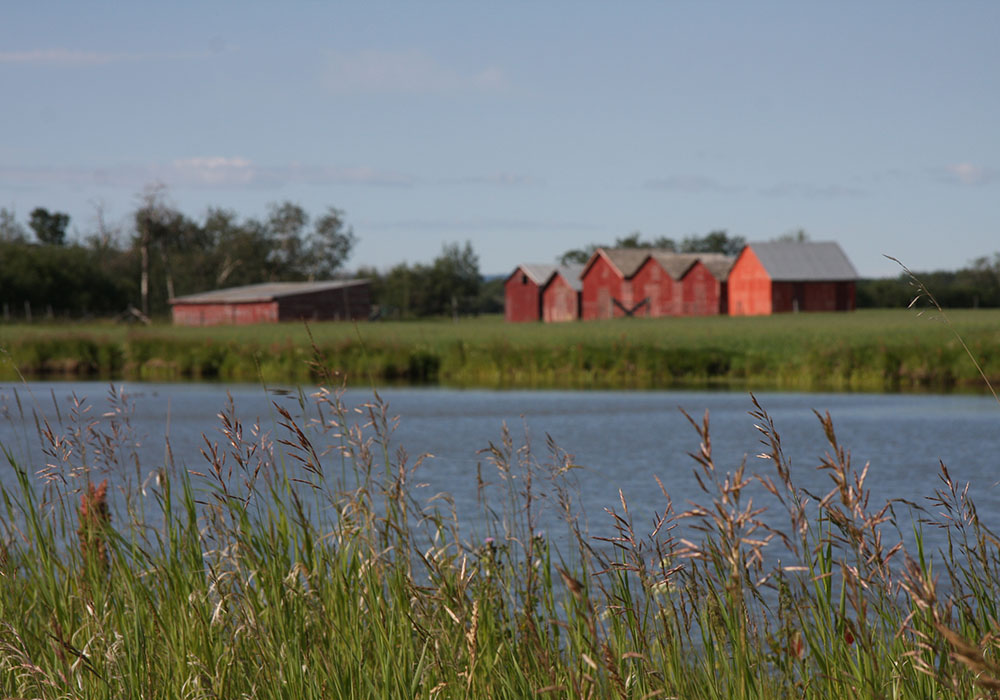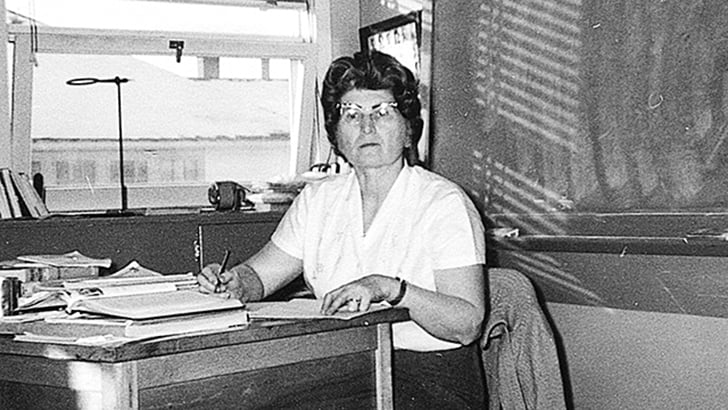A House in the Sky is a memoir that will change you and the way you view the world.
Amanda Lindhout’s real-life story of her abduction in Somalia will take you to a place you didn’t think existed and introduce you to people who haunt nightmares.
Most sobering of all is the fact that Lindhout is a typical prairie female. We see the mild-mannered but driven Lindhout in her hometown of Sylvan Lake, Alta., we see her slinging beers in Calgary to raise enough money to travel the world and we meet her parents and her first boyfriend.
Read Also

Intergenerational rollover rules can help succession plans
One of the most significant concerns in succession planning for farmers is the tax bill that can come with passing the farm to the next generation.
This homey introduction to a relatable rural life is what makes the vivid scenes from Somalia all the more shocking and disturbing.
Lindhout’s quest to be a self-made journalist and her unwavering dedication to filing weekly columns to her hometown newspaper, the Red Deer Advocate, makes the reader believe she will succeed, until she crosses an invisible line that takes her reporting mission into Mogadishu, Somalia.
Accompanied by a former boyfriend who is her photographer, Lindhout knowingly crosses into war-torn Somalia, naively believing she can make it where others have not:
“I understood that it was a hostile, dangerous place and few reporters dared go there. The truth was, I was glad for the lack of competition. I figured I could make a short visit and report from the edges of disaster. I’d do stories that mattered, that moved people, stories that would sell to the big networks. Then I’d move on to even bigger things. Somalia, I thought, could be my hurricane.”
Her hurricane quickly turned into a suffocating storm as bandits take her captive. It’s a book that is almost too hard to read in places as the unthinkable becomes reality and weeks of being starved, beaten and raped turn into months.
Lindhout leads us through her horrific ordeal of being captured by Somali extremists and held for ransom with details that leave us gasping for air in places.
“I was trussed like an animal. My panic was immediate. I couldn’t last a minute this way. I couldn’t last even a second. I couldn’t form a thought beyond the pain of that position, my back straining from neck to tailbone. The twisted sheet dug into my arms and ankles, cutting off circulation. My lungs felt compressed. I struggled to breathe, gagging as if someone were pouring sand down my throat. ‘It’s too tight,’ I shouted, my voice raspy and alien. ‘It’s too tight.’
The Alberta journalist endures barbaric treatment by stepping outside of herself. She survives by going to peaceful places in her mind and travelling back to her Alberta family in her thoughts.
Small seeds of hope come in daydreams of snowy winters, thoughts of hugging her family and distant fantasies of making it back to Alberta alive.
Hope comes in Lindhout’s near escape and the Muslim woman who tries valiantly to save her. It comes in her momentary compassion for her captors and clarifying glimpses into the dehumanizing war in Somalia that spits out victims and turns them into ugly abductors.
Telling yourself that Lindhout’s experience is just fiction is not an option. Amanda Lindhout’s book is real.














